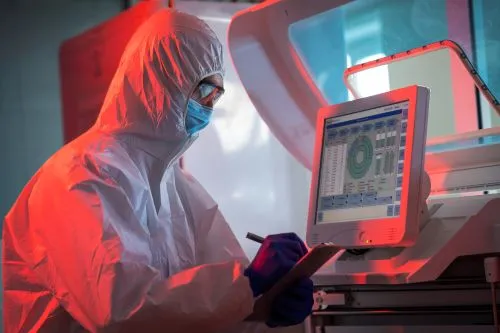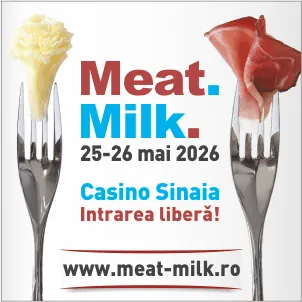958

Romania’s dairy industry is at a turning point, where adapting to European market requirements involves more than just diversifying the traditional product range. One of the global technological trends with major impact is milk fractionation, a process through which its fundamental components – casein, whey proteins, lactose, lipids, and mineral fractions – are separated and valorized individually.
Technological principles
Fractionation is carried out using membrane methods (microfiltration, ultrafiltration, nanofiltration, and reverse osmosis), complemented by electrodialysis and chromatography processes. These technologies allow the production of standardized dairy ingredients with high purity:
-micellar casein – used in aged cheeses and nutritional supplements;
-whey protein isolates (WPI, WPC) – raw materials for sports and medical nutrition;
-crystallized lactose – with applications in the pharmaceutical industry and infant formula;
-mineral concentrates – sources of calcium and phosphorus with increased bioavailability;
-lipid fractions – for premium butters and functional ingredients.
Economic and technological benefits
The adoption of this technology changes the paradigm of milk processing. Instead of milk being directed mainly towards low-margin finished products (fluid milk, traditional cheeses), it becomes a raw material for multiple value chains.
For example:
-whey, until recently considered a residual by-product, is transformed into protein sources with a market value up to 8–10 times higher;
-lactose removed from lactose-free milk can be purified and exported to the pharmaceutical industry, where it is used as an excipient;
-whey proteins have recorded compound annual growth of about 9–11% on the European market in recent years, driven by increasing demand in sports and clinical nutrition.
The situation in Romania
At the national level, milk processing is focused on traditional products, with limited use of membrane technologies. Whey remains only partially valorized, often directed to animal feed or neutralization – which means the loss of a strategic resource.
The adoption of fractionation would require investments amounting to several million euros for a medium-capacity unit (50–100 thousand liters/day), depending on the configuration of the technological flow. However, Romania has several competitive advantages:
-milk with a favorable protein profile, collected mainly from extensive grazing areas;
-the opportunity to access European funds (AFIR, Horizon Europe) for pilot fractionation lines;
-growing domestic consumption of lactose-free and functional protein products.
Perspectives
In the Netherlands, Denmark, and New Zealand, milk fractionation has become a driver of competitiveness. Companies such as FrieslandCampina and Fonterra have developed functional ingredient divisions that generate revenues in the billions, confirming the global potential of this technological direction.
For Romania, integrating these technologies would mean shifting from the status of volume dairy producer to that of supplier of high value-added ingredients, with applications in food, medical nutrition, pharmaceuticals, and cosmetics.
Conclusion
Milk fractionation represents a strategic direction for the local industry, enabling processors to reduce losses, diversify their portfolios, and open export channels with higher margins. In the context of economic pressures and new market requirements, investments in this technology are no longer optional but have become a necessary step for aligning Romania with European competitiveness standards.
(Photo: Freepik)




